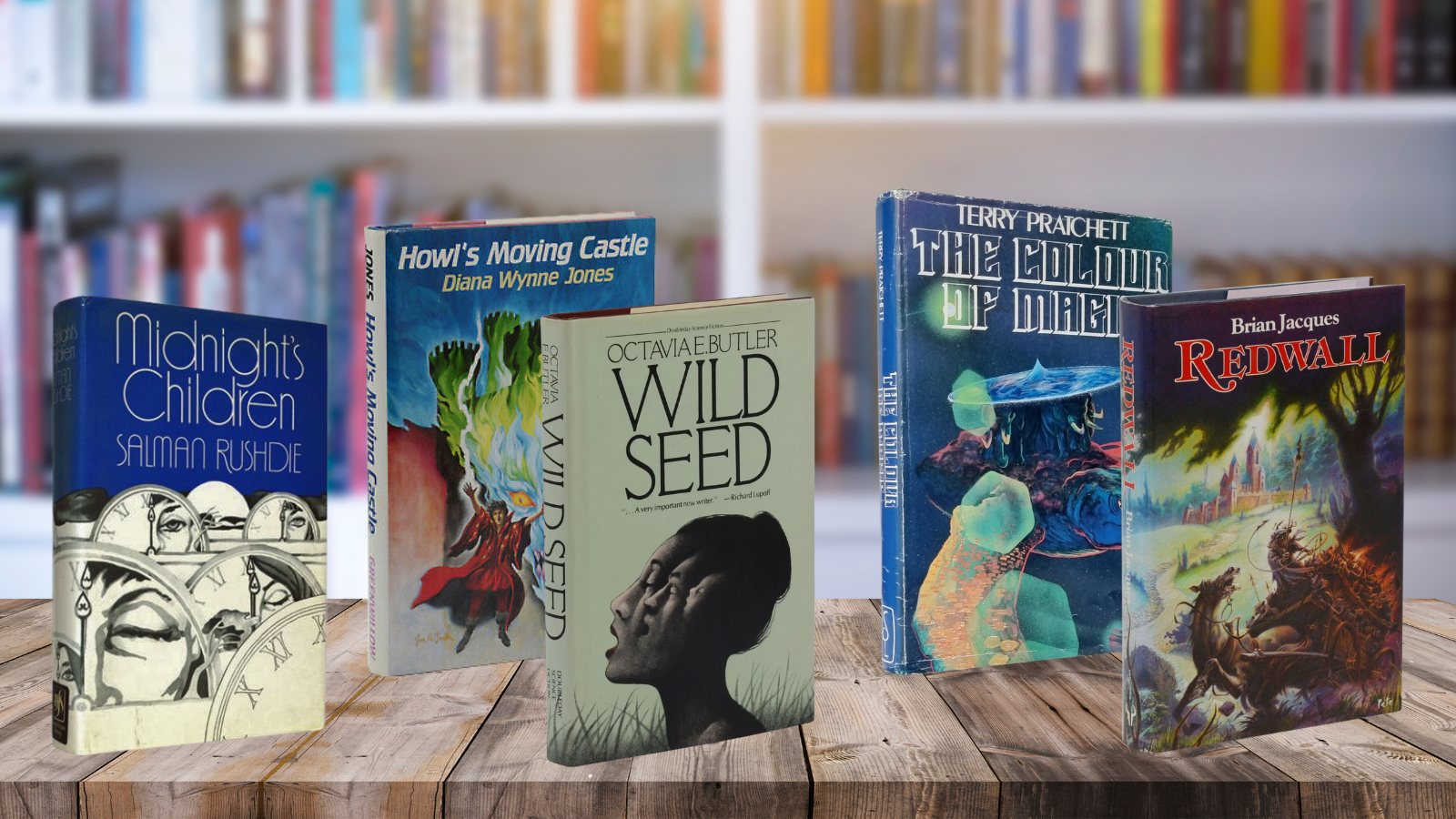The Most Influential Fantasy Books of the 1980s
The 1980s were a wild time for fantasy. The 1960s and 1970s saw a boom in storytelling, but it was the 1980s that made it mainstream and, with that, gave it the opportunity to really push the boundaries and create a whole new generation of influence and inspiration. Dungeons & Dragons was reaching its peak, along with the ridiculousness of “satanic panic.” Magic was not limited to medieval times, and fantastic world-building didn’t have to be made with serious faces and contemplation. And we finally saw some diversity in our characters (if not always with our creators).
The 1980s were also known for creating cult classics. There are so many great stories that originated from the 1980s yet didn’t attract high popularity stats until many years later. This was especially common with films; however, you will find many books on this list that influenced future fantasy novels and movies. Films like Howl’s Moving Castle or video games such as Legend of Zelda: Tears of the Kingdom have all been touched by 1980s fantasy books. We wouldn’t have Good Omens without the witty insight of Terry Pratchett and his comic fantasy series, The Colour of Magic.
One final note: At the risk of putting a downer on these most awesome fantastical adventures, please note. If your favourite 1980s novel is missing from this list, there are a number of possible reasons. Some of the creators from the 1970s and 1980s were horrible people who did horrible things and actually gained some inspiration from their horrible acts to write their stories. That is NOT the influence we are going for here. Be kind, rewind, and use the internet for good. Research the history, and then sit back and enjoy our far more positive list of influential fantasy books from the 1980s. In chronological order, because we don’t do favourites here.
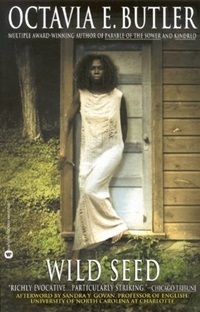
Wild Seed by Octavia E. Butler (1980)
Yes, Butler is better known for Kindred (1979) and her Earthseed series (1993), but in the middle of the 1980s, she was inspiring a whole generation of fantasy novels with characters we did not have to like. In fact, I will go so far as to say you are likely to hate Doro, but his role in the story is so essential for a deeper understanding of how the world builds around him and the main character, Anyanwu. It was the first of the Patternmaster series, blending fantasy with some very science-fiction concepts and giving us an opportunity to see how the two can work together under the deft hand of talented writers like Butler.
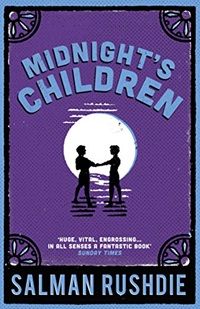
Midnight’s Children by Salman Rushdie (1981)
Winner of the 1981 Booker Prize, the English Speaking Union Literary Award, and the James Tait Prize…and yet none of them want to categorise it as “fantasy.” Instead, they call it historical fiction with fabulism. This was a turning point for fantasy in the 1980s; Rushdie showed us how we can be more vocal, more blatant, more direct in our political commentary within our fantastical escapism. This was always a loose allegory for the partition of India in 1947, but ignoring the fantasy elements of telepathic powers and supernatural powers denies the power of escapism in helping us understand complex social situations.
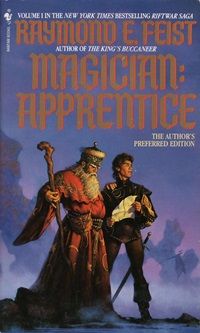
Magician by Raymond E. Feist (1982)
If you ever read Magician and thought, “This has D&D vibes” — you were right. Feist and his friends originally created the fantasy world “Midkemia” during their college years. It’s that same camaraderie that permeates the entire series and subsequently inspired 1980s fantasy books. By the way, there are really two parts to this: Magician: Apprentice and Magician: Master. Feist’s world-building grows from the first to the second, so make sure you read both. Most fantasy fans will strongly proclaim Magician as a defining moment in fantasy novels in general.
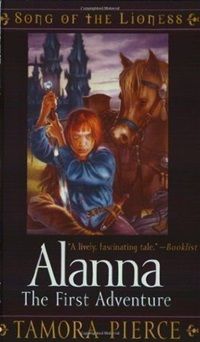
Alanna: The First Adventure (Song of the Lioness #1) by Tamora Pierce (1983)
Queen of the gender-role-reversal, many girls in the 1980s dreamed of being just like Alanna. There are a few problematic issues (such as with 15/17-year-olds in love with an 11-year-old girl ), which reflect what we accepted with the time. Revisiting this book, it is filled with many tropes from 1980s fantasy books, but then again, they weren’t tropes when this was first published. Instead, Pierce wrote the book she saw was missing from young girls’ lives and inspired us to look for more.
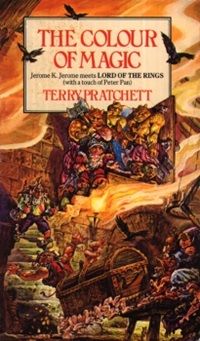
The Colour of Magic by Terry Pratchett (1983)
Can you really have any list of 1980s fantasy books and not have Sir Terry Pratchett on this list? The first of the first books to rise from the back of a giant turtle, The Colour of Magic, introduces us to Discworld under the (mis-) guidance of the inept wizard Rincewind as our tour guide. This is the best of Comic Fantasy and clearly one of the most influential fantasy books of the 1980s (and forever more). Pratchett was the king of one-liners and socio-commentary. For more great Discworld reading, check out Priya’s guide for Your Discworld Reading Order.
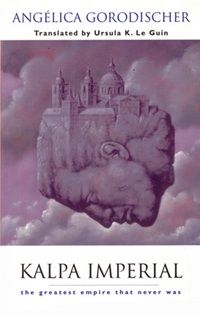
Kalpa Imperial: The Greatest Empire That Never Was by Angélica Gorodischer, translated by Ursula K. Le Guin (1983)
Normally, I recommend reading the original before the translated version if you can. But in all honesty, Le Guin is the perfect partner for this because she understands the same storytelling techniques and subtle magic of Gorodischer. Thanks to fellow Rioter Margaret for this recommendation; I devoured it and then lamented for not reading it during the 1980s. This is one of the best examples of how stories build a city. It is not one single work of worldbuilding but an intricate collection of connected stories linked by an Empire that begins to shine as a character itself. If this is your thing, you’ll love our 9 Books About Cities list.
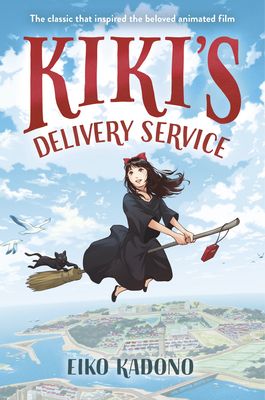
Kiki’s Delivery Service by Eiko Kadono, illustrated by Akiko Hayashi, translated by Lynne E. Riggs (1985)
Eiko once said, “I believe all of us have at least one special magic power.” In a world filled with witches on broomsticks, Eiko’s Kiki stood out as a focal point for finding one thing you are good at and making it work for you. Seeing a fantasy book where the main protagonist did not have to be good at everything was refreshing. Being a witch did not instantly make you good at everything magical. Kiki could fly, and that was it. It was so good it was picked up almost immediately by Studio Ghibli to be made into a full anime film that is now a classic in its own right.
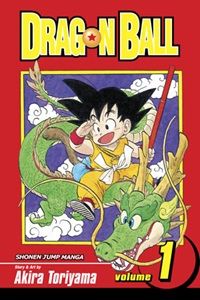
Dragon Ball by Akira Toriyama (1985)
You know a book has had mega-influence when your main character has its own certified and nationally recognised celebration day. Seriously, May 9th is Goku Day, in honour of the main character from Dragon Ball. Let’s face it: this manga series is one of the driving forces behind the rise in popularity of manga during the 1980s, and it is still going strong. You can see the fantastic elements of Dragon Ball that have influenced many other fantasy stories since the 1980s. Thanks to Dragon Ball, we have power scaling, character transformations, power beams, and — let us not forget — shonen hairstyles.
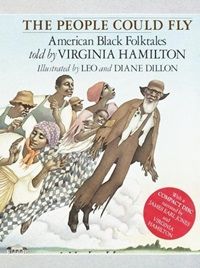
The People Could Fly: American Black Folktales by Virginia Hamilton, illustrated by Leo and Diane Dillon (1985)
This collection of 24 folktales was a turning point for reading children’s stories of enslaved Africans. Hamilton was praised for her ability to write the tales in “The Black English of the slave storytellers.” While the fantasy tales were not Hamilton’s own work, her retelling made them accessible to young people across the United States in a manner that did not hide the history of the people. This has always been one of the best examples of sharing original fantasy storytelling in a new format without removing anything from the original work.

Howl’s Moving Castle by Diana Wynne Jones (1986)
We all love the movie from Studio Ghibli, but this is definitely one of those moments where the book is better than the movie. Diana Wynne Jones has always been admired for her social observations, weaving them into her writing with wit and insight. Her works, including the Howl’s Moving Castle series, have been compared with Robin McKinley and Neil Gaiman, both of whom are good friends and have openly expressed Jones as an inspiration. This particular book became a keystone for Studio Ghibli, inspired by Jones’s storytelling and her fantastical portrayal of the main character, Sophie.
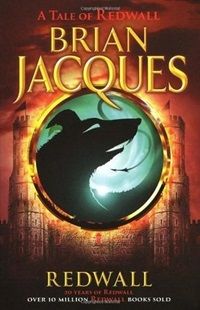
Redwall by Brian Jacques (1986)
Jacques originally wrote Redwall for the children at the Royal Wavertree School for the Blind in Liverpool. This was one of the biggest motivations for the highly descriptive writing style, using his words to paint the mental imagery of every single scene. Redwall offered the complete package for fantasy storytelling. Jacques included action, poetry, songs, and brave characters who seriously didn’t know what they were doing half the time — except that it was the right thing to do. While later books in the series began to feel a little repetitive, there is no denying the impact of the original Redwall, serving up a fantasy book so influential in the 1980s that even the repeated storylines still feel good.
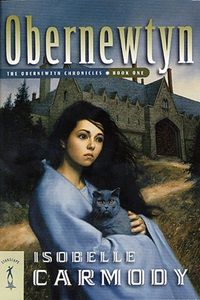
Obernewtyn by Isobelle Carmody (1987)
Tamora Pierce (mentioned above) once described this book as a “dream date” with a broad collection of characters who often expressed conflicting interests. Some critics commented on the aloof nature of the main protagonist; however, many fan groups have pointed out the reflection of neurodivergence in the characters. These conflicting interests were a break from fantasy stereotypes and showed the potential of having characters who did not fit social norms. It is one of the earliest books to depict a neurodivergent protagonist in an empowering way. Yes, they are classified as misfits, but they are also considered for great opportunities. This is also possibly the birthplace of YA Dystopia, or at least before YA Dystopia was “cool.”
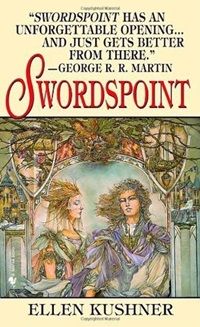
Swordspoint by Ellen Kushner (1987)
If you’re a fan of the Fantasy of Manners, then you have Ellen Kushner to thank. We’re talking about the fantastical school of etiquette, where highly regimented social settings dictate every step of the road that lies before our humble characters. It’s an eloquent dance of magic and melodrama — and no one did it better than Kushner with her groundbreaking Swordspoint. You can see the influence flow through fellow Rioter Alex and their 8 Takes on a Fantasy of Manners.
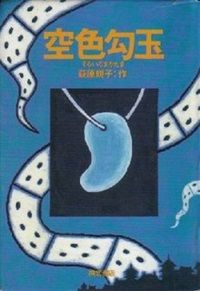
Dragon Sword and Wind Child by Noriko Ogiwara
Originally published in Japanese in 1988 as Sorairo Magatama, Dragon Sword and Wind Child was later translated into English in 1993 and became a huge influence across the world. Fans of the latest Legend of Zelda game, Tears of the Kingdom, may recognise the symbolic magatama featured on the cover from prehistoric Japan. Ogiwara was influential in her ability to take all the fantasy tropes of the 1980s and flip every single one.
If this list has you feeling a little nostalgic for big hair, bubble skirts, and bright-coloured geometric patterns, Laura has 9 Fantastic Books Set in the 1980s, including We Ride Upon Sticks by Quan Barry. Or you can compare this list with Chris and The 22 Best Fantasy Books of All Time (*shots fired*).
